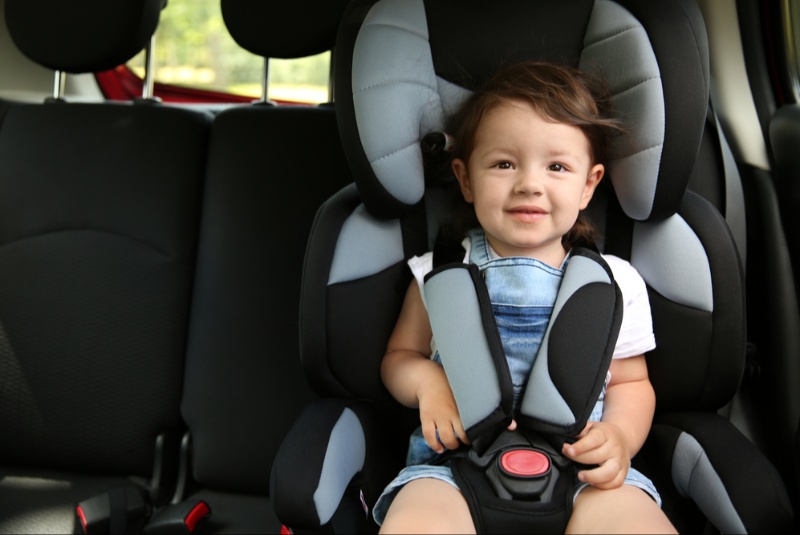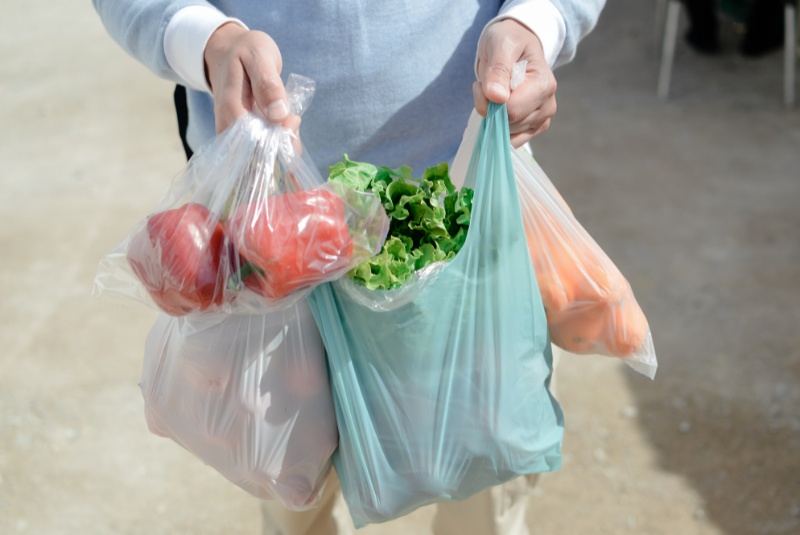Selecting the right car seat for your child is a pivotal decision that prioritizes their safety and comfort during car journeys. It's not merely about fitting the car seat into your vehicle; it involves understanding the different types, safety features, and appropriate sizes that align with your child's age, weight, and height. With the ever-evolving standards and technologies in child car safety, keeping updated with the latest information is crucial. This guide will walk you through the essential steps and considerations to ensure you choose a car seat that offers the utmost safety for your little one. From recognizing the importance of car seat stages to navigating installation guidelines, this article is your comprehensive resource for making an informed decision.
Understanding Car Seat Types
When it comes to car seats, one size does not fit all. The first step in selecting the right car seat is understanding the different types available: rear-facing, forward-facing, booster seats, and convertible seats. Each type is designed to accommodate children at various stages of growth, offering the appropriate level of protection. Rear-facing seats are ideal for newborns and infants as they provide significant support to the baby's head, neck, and spine in the event of a collision. Forward-facing seats cater to toddlers who have outgrown the rear-facing limit, incorporating harnesses that secure them in place. Booster seats are for older children who need a height boost to ensure the car's seat belt fits them properly. Convertible seats, on the other hand, are versatile options that can transition from rear-facing to forward-facing, adapting to your child's growth. This segment is critical in identifying which car seat aligns with your child’s current needs.
Safety Standards and Certifications
Safety should be the non-negotiable factor in selecting a car seat. It's imperative to choose a seat that meets or exceeds federal safety standards. These standards are set by organizations such as the National Highway Traffic Safety Administration (NHTSA) and are designed to ensure that car seats provide effective protection in the event of a crash. Look for certifications on the car seat that indicate it has passed rigorous crash testing and safety evaluations. Additionally, it's beneficial to check for any recalls or safety notices associated with the car seat model you are considering. Staying informed about these aspects can significantly impact the safety and well-being of your child during car travels. This knowledge empowers you to make a choice that best protects your child.
Size and Weight Considerations
Selecting the correct size and weight category for your child’s car seat is crucial for their safety. Car seats are categorized based on weight and height limits, and it's essential to choose one that fits your child's current size. A car seat that is too large or too small can compromise its effectiveness in protecting your child during a collision. It's advisable to frequently check that your child hasn't outgrown their current seat, as growth spurts can happen quickly. Additionally, considering the car seat's fit in your vehicle is equally important. Ensure there is enough room for the car seat to be installed correctly and that it does not obstruct the driver's or other passengers' space. This careful consideration guarantees that the car seat provides the maximum safety for your child while also fitting comfortably in your car.

Installation and Usage Tips
Proper installation and usage of a car seat are as vital as selecting the right one. A car seat that is not installed correctly can significantly diminish its effectiveness in protecting your child. It's advisable to thoroughly read the car seat's instruction manual and the vehicle's owner manual on car seat installation. Many local fire stations and police departments offer free car seat installation checks by certified technicians. Utilize these resources to ensure that the car seat is installed securely. Additionally, make sure to regularly check the car seat's straps and harnesses for any signs of wear and tear and adjust them according to your child's growth. Proper use and maintenance of the car seat contribute significantly to the safety and comfort of your child on the road.
Staying Informed and Updated
The world of child car safety is always evolving, with new technologies and standards being developed to enhance protection. As a responsible parent or caregiver, staying informed about the latest in car seat safety is imperative. Subscribe to newsletters from reputable child safety organizations, attend workshops, and consult with child passenger safety technicians for updates and advice. Being proactive about car seat safety ensures that you are always equipped with the most current information and best practices to keep your child safe during every journey.




